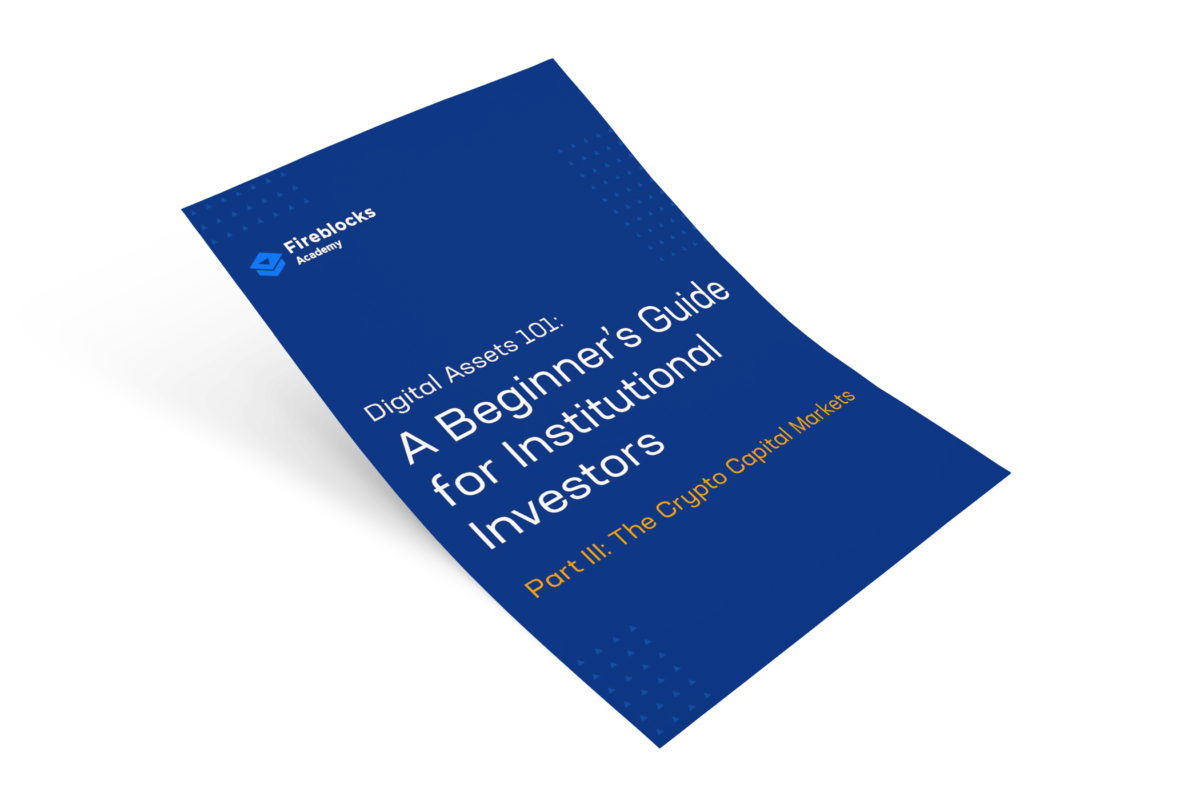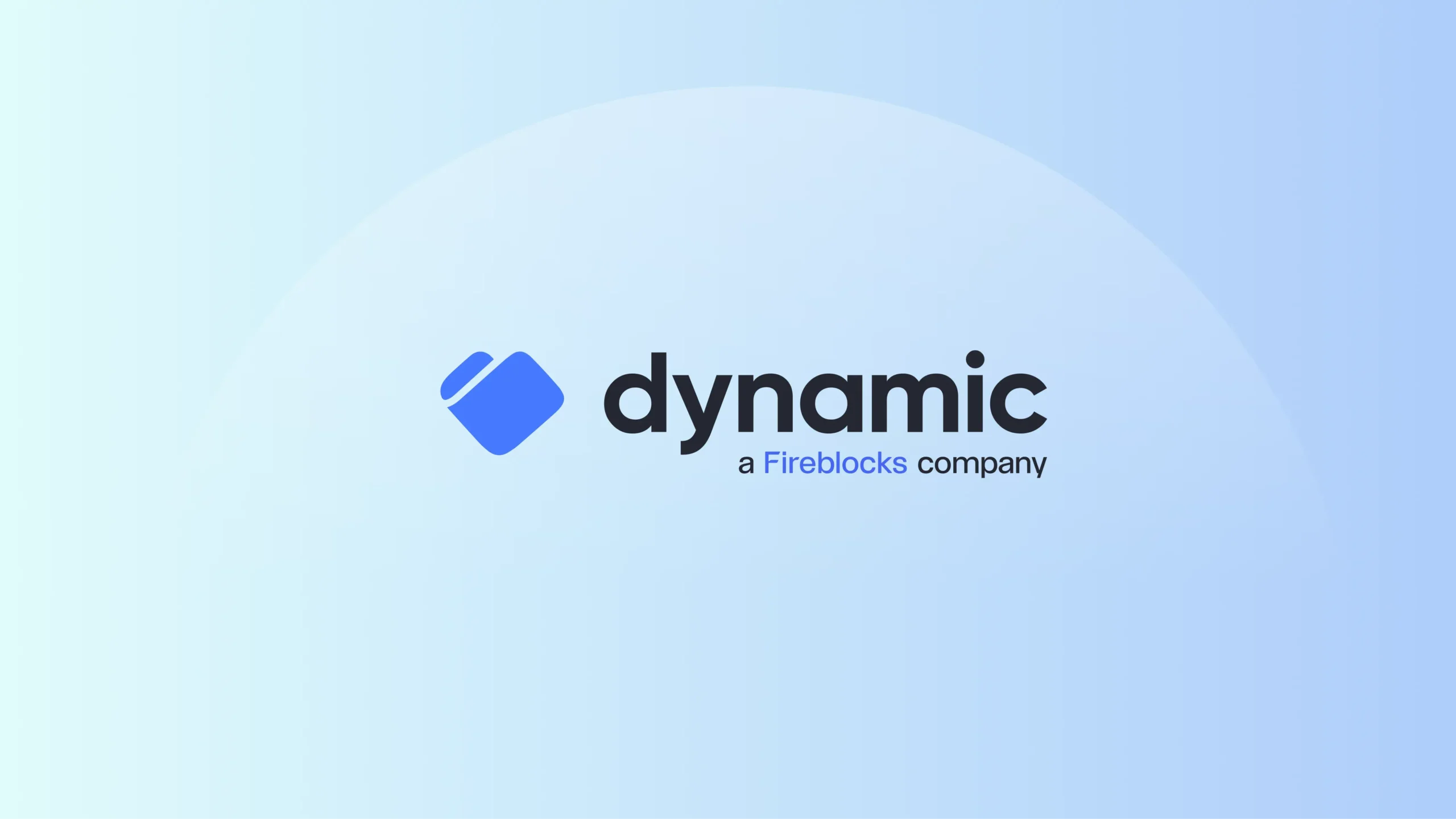What are the crypto capital markets?
The digital asset ecosystem is different from traditional financial markets, as everything and everyone is decentralized. Below is a graphical depiction of the major segments of the crypto capital markets and a short description of each segment.
Crypto Capital Markets Ecosystem
Ledger Layer
This is where transactions get recorded, and it involves three foundational parts:
| Blockchain Protocols |
| These are the technology infrastructures used for logging transactions (e.g. Bitcoin, Ethereum, Solana, or Cardano). |
| Blockchain Tokens (cryptocurrencies) |
| These are the tokens that are used as the medium of exchange for transactions on the blockchain protocols (e.g. BTC, ETH, SOL, or ADA). |
| Miners and Validators |
| Institutions or people that mine the transactions and create new blocks on the blockchain. |
Transaction Execution Layer
These are venues and institutions that facilitate transactions and help provide liquidity to the market.
| Exchanges |
| Marketplaces that facilitate the buying and selling of digital assets. |
| Lending Desks |
| Institutions that will lend to market participants taking digital assets as collateral. |
| Liquidity Providers / Market Makers |
| Institutions providing liquidity to markets to facilitate trading (e.g. OTC desks). |
End User Layer
These are the end users transacting in and with digital assets. These include both retail customers and institutions such as hedge funds, family offices, and asset and wealth managers.
Decentralized Finance (“DeFi”) Layer
These are the decentralized applications that are built on top of blockchain protocols. There are two major components to the DeFi layer:
| DeFi Protocols |
| Similar to blockchain protocols in that they act as the “venue” for you to interact with various aspects of DeFi (borrowing, lending, staking, etc.). |
| DeFi Tokens |
| Tokens of DeFi protocols that allow for governance of the protocol. |
Services Layer
These are institutional players that provide professional services to the digital asset ecosystem. These include:
| Compliance |
| Blockchain compliance for anti-money laundering / know your transaction (KYT) and know your customer (KYC). |
| Custodians |
| Institutions that will hold your private keys (these can be dedicated custodians or exchanges). |
| Administrative and Tax Providers |
| Companies that provide crypto fund administrative and tax services. |
| Infrastructure for Transfer and Settlement |
| Companies that help facilitate the transfer and settlement of digital asset transactions. |
| Fiat on and off-ramp |
| Banks that facilitate the exchange of fiat currency into digital assets. |
How does a transaction work in Traditional Finance vs. Digital Assets?
Transactions are executed differently in the digital asset space than in traditional financial markets. To illustrate this, let’s review two examples. The first is a simplified traditional equities trade where a user wants to buy 100 shares of AAPL. This person will enter their order into their portal of choice. The order will then be routed to a trading desk and sent to an exchange where it will be matched with a seller order. Confirmations will be sent to the buyer and seller that the trade has been executed, and the Clearinghouse will be sent the order details. The Clearinghouse will then send settlement instructions to the respective custodial banks, and the transaction will eventually be settled. This process typically takes 2 days.
Simplified TradFi Equities Trade Example
The second example is a simplified Bitcoin transaction. A user wants to buy 1 BTC. They can go directly to an exchange and place their buy order. The order is matched and executed. The transaction is then added to the blockchain, and settlement and confirmation is complete. This process typically takes 2 to 10 minutes.
Simplified Blockchain Example
In a blockchain-based transaction the clearing and settlement timelines are greatly reduced given the lack of third parties involved, the peer-to-peer nature of how blockchain networks work, and how transactions are stored on the blockchain itself.

